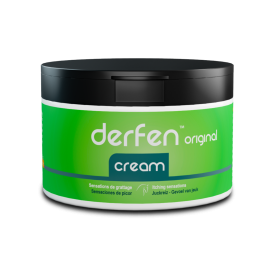How to manage equine dermatitis?
Day-to-day management
- Keep living areas (insect larval cradles) as clean and ventilated as possible.
- Avoid taking horses out at the peak periods for culicoides attacks, i.e. at dawn and at the end of the day (as the wind is weaker at this time and light levels are low, two factors that stimulate the emergence of these insects).
- At the end of winter, do a liver cleanse to help the body eliminate toxins accumulated before spring. Repeat at the end of summer, as autumn approaches.
- Have your horse checked by an equine dentist
- Work the horse as much as possible (and adapt rations as outlined in our protocol "The main causes of dermatitis").
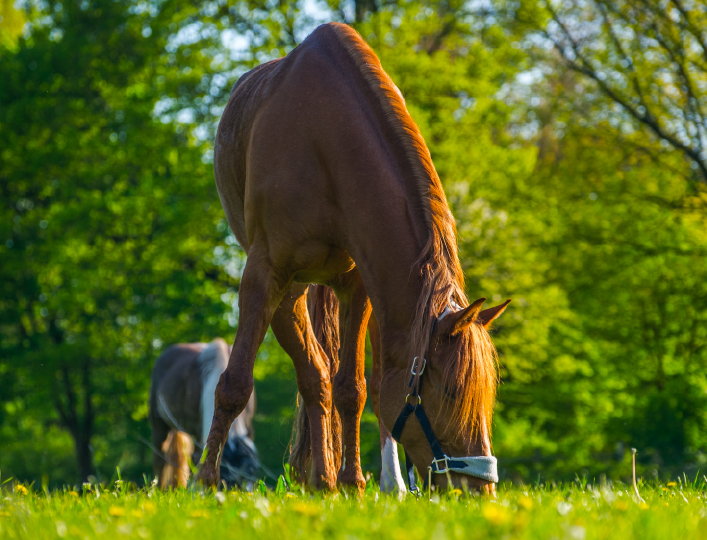
A sign to look out for when detecting a possible stomach problem in a horse prone to dermatitis:
he has a particularly intense relationship with food and hay/grass.
Skin differences
There's no such thing as a miracle product, as each horse is a specific allergic individual. However, 2 main skin types have been identified, enabling us to adapt skin care products to the needs of the epidermis. A horse with thin skin is less likely to tolerate products rich in moisturizing active ingredients, as the skin will clog up more quickly and may even become painful.
Conversely, thick-skinned horses have a greater need for moisturizing active ingredients. Each of our anti-dermatitis products is therefore adapted to the individual's skin type, providing immediate soothing effects.
And of course there are those in-between (!) who will receive even different care.
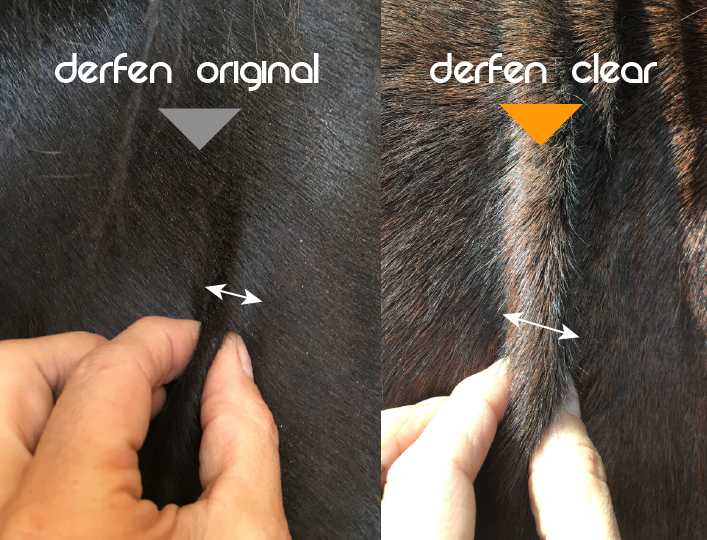
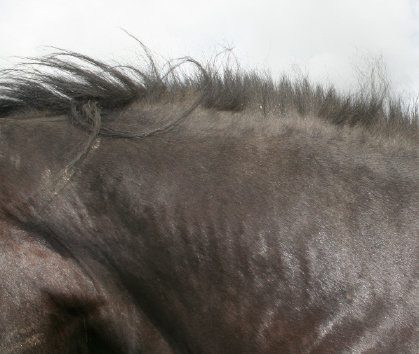
In summer, use a SHAMPOO TEA TREE regularly (but not every day) to :
- soothe stressed skin,
- aerate pores
- remove stuck impurities
- protect the skin
Leave the horse to dry in the sun.
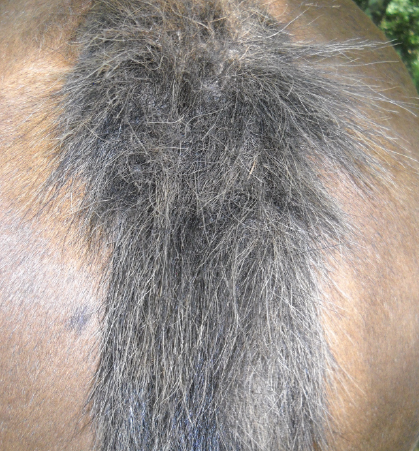
A few hours later or the next day, apply the DERFEN lotion for your horse (original or clear) directly to the skin at the base of the mane.
If you think the skin is in-between, use DERFLY as an anti-dermatitis lotion in the same way as DERFEN.
Reapply only when scratching resumes (between 4 and 10 days depending on the individual, never every day).
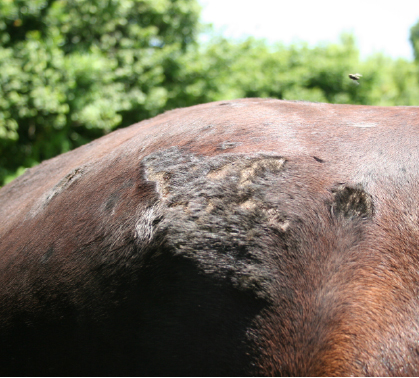
Itching on the body also needs to be stopped very quickly, and at the same time protected from insects and other environmental aggressors.
DERFEN balms (original or clear) have the same soothing active ingredients as lotions, but are enriched with repairing agents, sun filters and moisturizers, and are water-resistant. The lipidic film they provide radically prevents insects from landing on scratched areas.
They can be applied wherever hair is removed (mane and tail included).
Apply every 3 or 4 days.
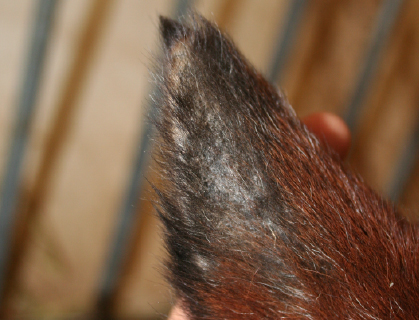
Ears are cartilage. The thickness of the skin is not a factor.
In the event of insect bites, the 2 DERFEN balms (original or clear) provide immediate relief, with DERFEN ORIGINAL CREAM (thicker) being more effective.
To avoid ear stings, NATJELY is ideal.
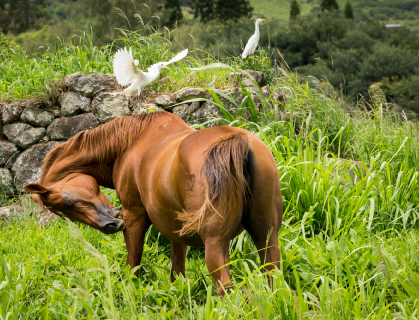
To avoid insect attack in the event of summer dermatitis, we recommend applying NATJELY balm to sensitive areas (heads, ears, thighs, stomachs). NATJELY balm on sensitive areas (heads, ears, thighs, bellies, always testing first). The balm will moisturize while mechanically preventing bites.
Another treatment: DERFLY, applied with a glove or mixed with NATJELY (1/4-3/4), will provide a notable repellent effect.
If your horse has dermatitis, we advise you to avoid taking him out to pasture at dawn or at the end of the day. Culicoides are more virulent at these times.
You'll also find plenty of advice in our "Main causes of dermatitis and prevention" fact sheet.
 ANIMADERM S.A.S
ANIMADERM S.A.S






